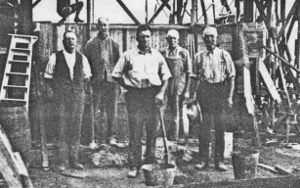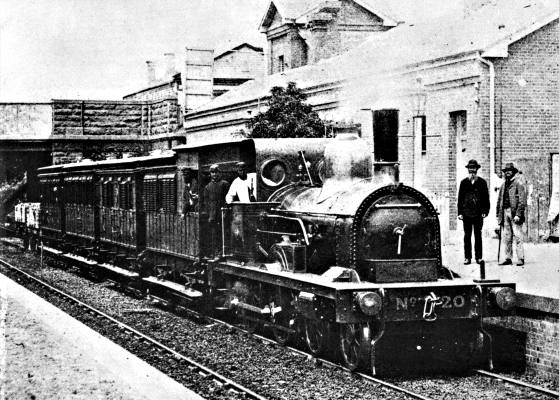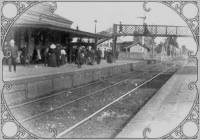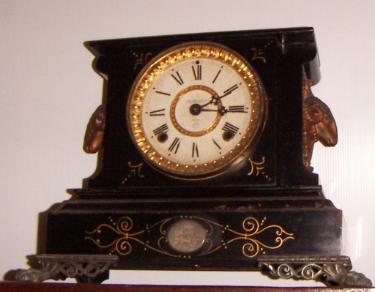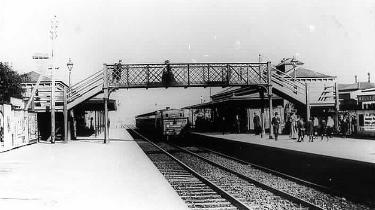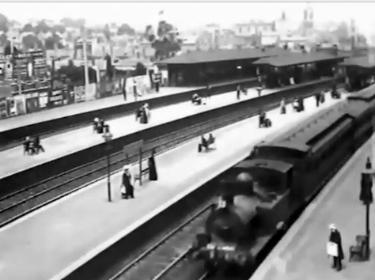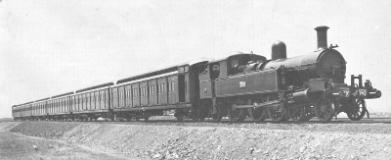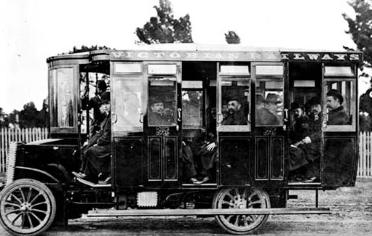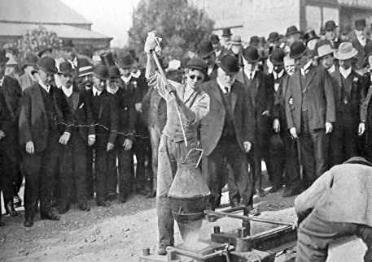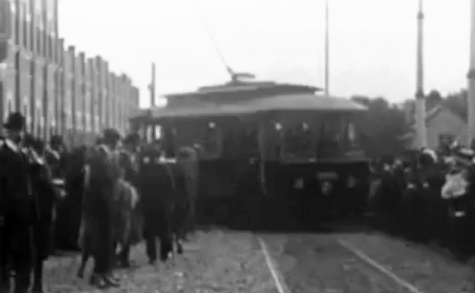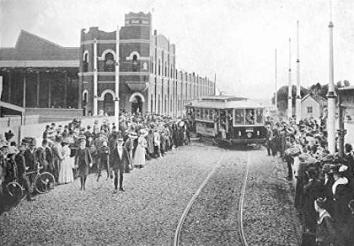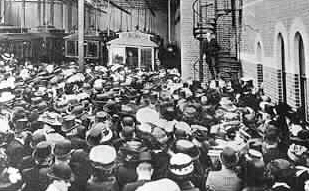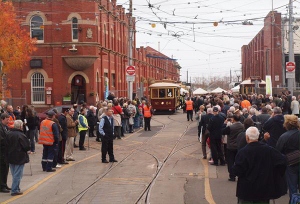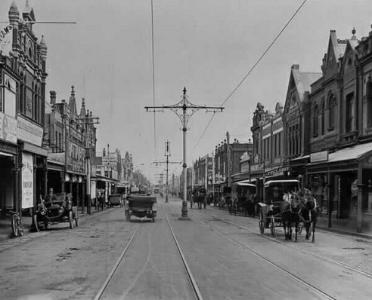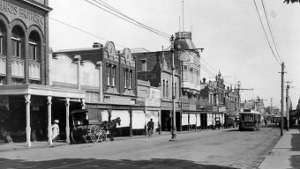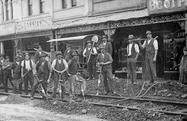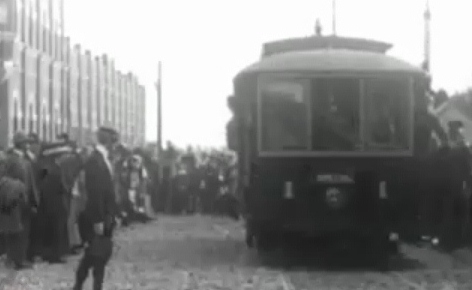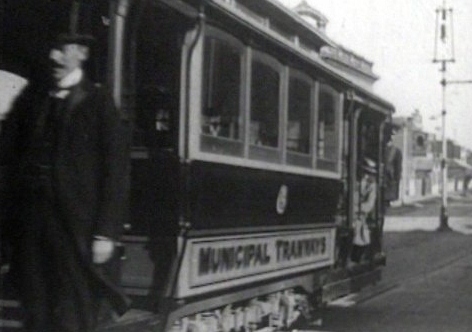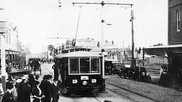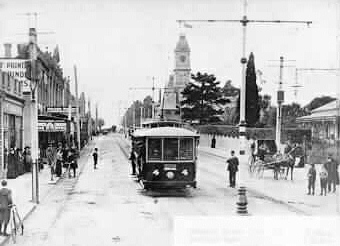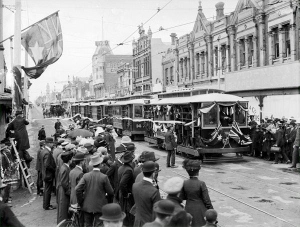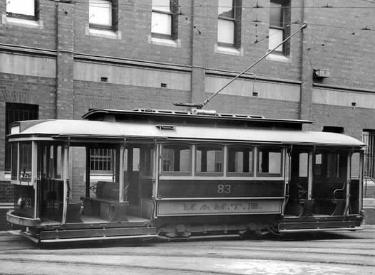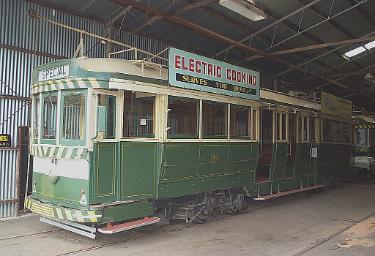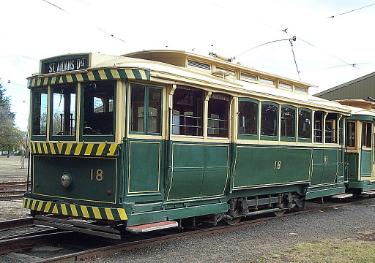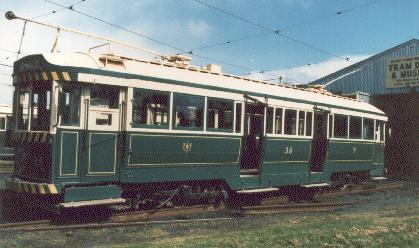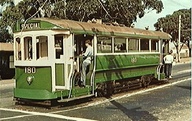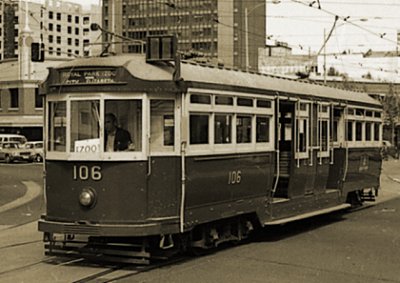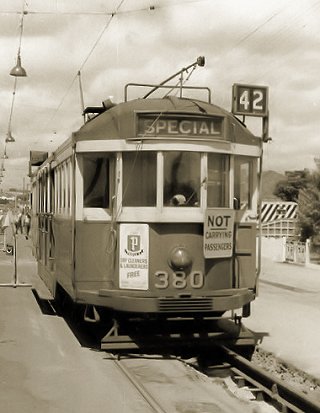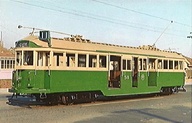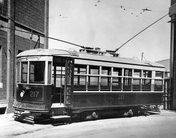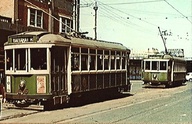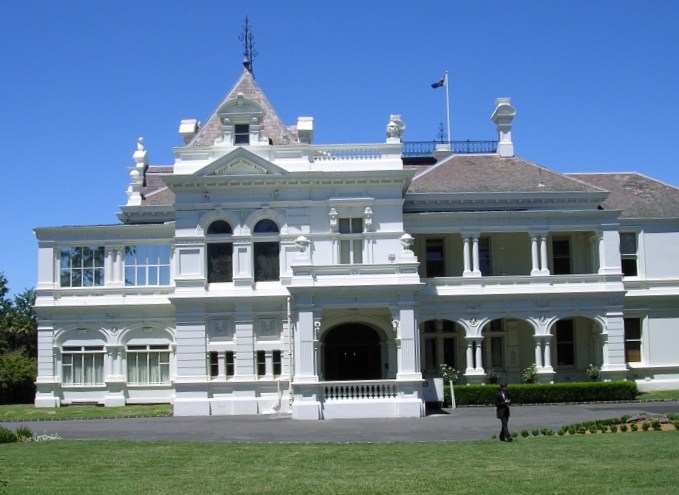Rail Transport Developments During Vincent Wickenton's Early Years in Malvern. Trains Train services to and through the Malvern Railway Station began in May 1879.
The railway track ran from South Yarra to Caulfield, where it completed a rail link between Caulfield and Gippsland, as far distant as Bairnsdale. Other stations added to the suburban network with the opening of the new link included Hawksburn, Toorak, Armadale and Malvern. Steam engines hauled passenger carriages on the line for the next 43 years.
In 1910 tram services were introduced in Malvern, and these resulted in cuttings being excavated for the railway. Bridges were built where the train and tram lines crossed at Hawksburn and Malvern. At the same time, the single track between South Yarra and Caulfield was duplicated.
The first Malvern Station is thought to have been built about 1878/79. This was demolished after the excavation for the line was carried out. Design on the present station started in 1912/13 and the project was completed in 1914. Constructed to an Edwardian design, the station has a heritage listing.
The First World War delayed plans for the electrification of the suburban rail network.The work was to have been completed in 1915, but the first electrified section was achieved in 1919. The line through Malvern was electrified in 1922 and most of the surburban network was completed by the end of the following year.
Vincent’s Father, Joseph, was a carpenter with the Victorian Railways and was involved with the construction of stations in country Melbourne in 1911. He was then involved with building and maintaining railway stations and other facilities across the suburban network and nearby country stations for almost five decades.
Views of the present Malvern Railway Station. Top four Photos : On My Doorstep
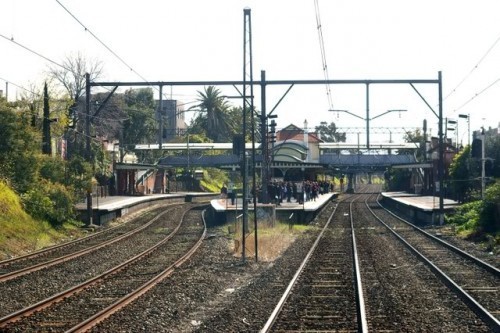 Above photo : Railpage Comeng 301Ms. Photo below: News Life Media. 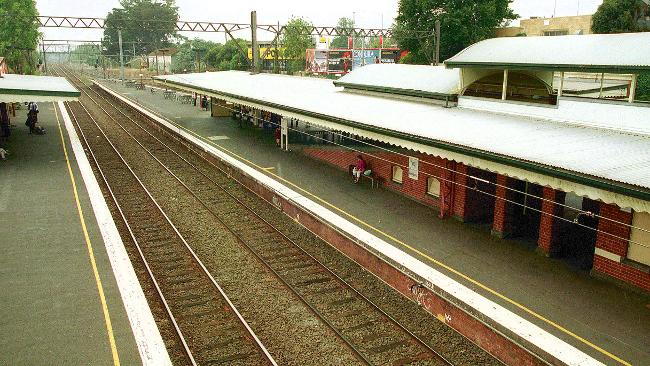
Trams A tram service started in Malvern in May 1910. The original depot building off Glenferrie Road is still being used today. It is heritage listed. The service was operated by the Prahran and Malvern Tramways Trust which was formed in 1908 to build and operate electric tramways. With tracks and power lines completed , services started were along High Street from Prahran to Tooronga Road Malvern, and along Glenferrie and Wattletree Roads to One year after its launch, services were extended to Caulfield and St Kilda, into Melbourne City in 1912, to Hawthorn and Kew the following year and to Camberwell in 1916. The Tramways Trust was taken over by the Tramways Board at the start of 1920 .
Page 16 For Page 17 Click Image Below |
